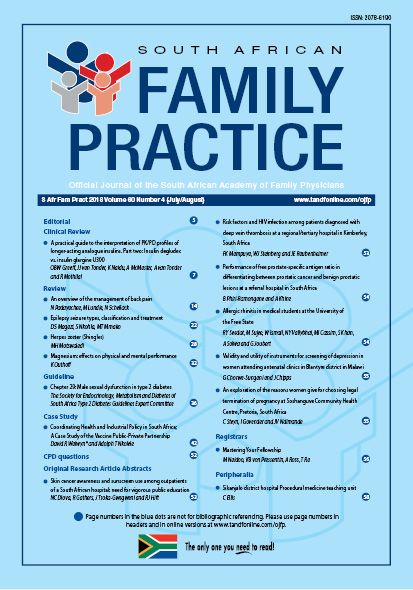A practical guide to the interpretation of PK/PD profiles of longer-acting analogue insulins. Part two: Insulin degludec vs. insulin glargine U300
Keywords:
analogue insulins, glucose clamp, time–action profile, pharmacokinetics, pharmacodynamics
Abstract
Glucose clamp studies form an integral part of the early development of insulin therapies. Data generated in these studies are used to establish pharmacokinetic (PK) and pharmacodynamic (PD) profiles of the agents, but methodological differences confound comparison of results from different glucose clamp studies. The first part of this series on glucose clamp studies discussed practical tips for the interpretation of glucose clamp studies. The second part of the series compares the PK/PD profiles of longer-acting basal analogue insulins, insulin degludec (IDeg) and insulin glargine U300 (Gla-300). The patient populations for glucose clamp studies with these analogue insulins differ, and therefore direct comparison of the data is not always possible. The maximum duration of action of IDeg is reported as 42 h and that of Gla-300 as 36 h, translating to 24 h coverage. The plasma insulin concentration of IDeg is 56 times that of Gla-300. Results from phase III clinical trials for these analogue insulins confirm the predictability and low within-subject variability observed in glucose clamp studies. Insight into the PK/PD profiles of longer-acting basal analogue insulins allows the treating physician to utilise these characteristics to optimise the treatment of their patients with diabetes.
Section
Review Articles
By submitting manuscripts to SAFP, authors of original articles are assigning copyright to the South African Academy of Family Physicians. Copyright of review articles are assigned to the Publisher, Medpharm Publications (Pty) Ltd, unless otherwise specified. Authors may use their own work after publication without written permission, provided they acknowledge the original source. Individuals and academic institutions may freely copy and distribute articles published in SAFP for educational and research purposes without obtaining permission.

